Clouds Architecture Office and SEArch conceived an inflatable structure that incorporates in situ resources and uses ice as radiation shielding and as a structural component.
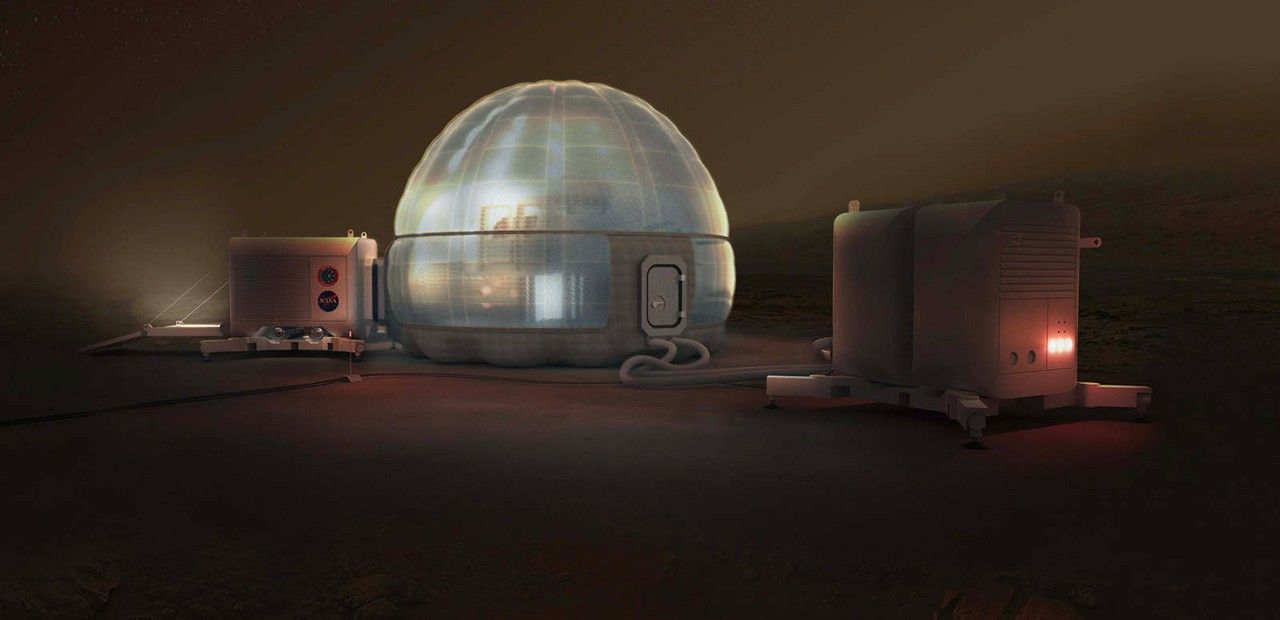

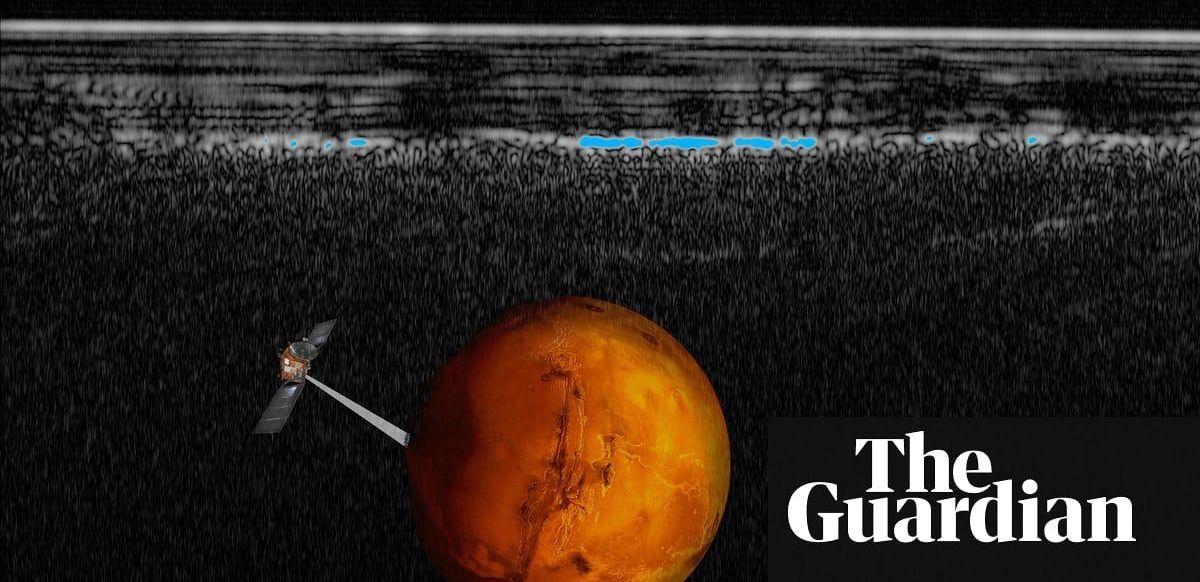
Scientists have spotted a 12 mile-wide stretch of water underneath a slab of ice at the Martian south pole.
Ian Sample Science editor.

You might never have heard of expanded polystyrene, but you’ve definitely used it. It’s the lightweight white foam used for everything from packing peanuts to holding boxes of veggies at the supermarket.
Expanded polystyrene (EPS) is versatile, waterproof, and surprisingly strong. Unfortunately, it’s also a nightmare to dispose of. It fragments easily into many small, light pieces which can be easily carried away by the wind, and is difficult to process.
Australia exports some EPS to be recycled overseas, but we have less than one collection point per state. All of this means that The NSW Evironmental Protection Agency estimates that some 12,000 tonnes of EPS is sent to landfill every year. According to the Australian Plastics Recycling survey, about 14% of EPS is recovered for recycling. Most of that is exported – only around 1.6% of all the EPS used in Australia is recycled here.
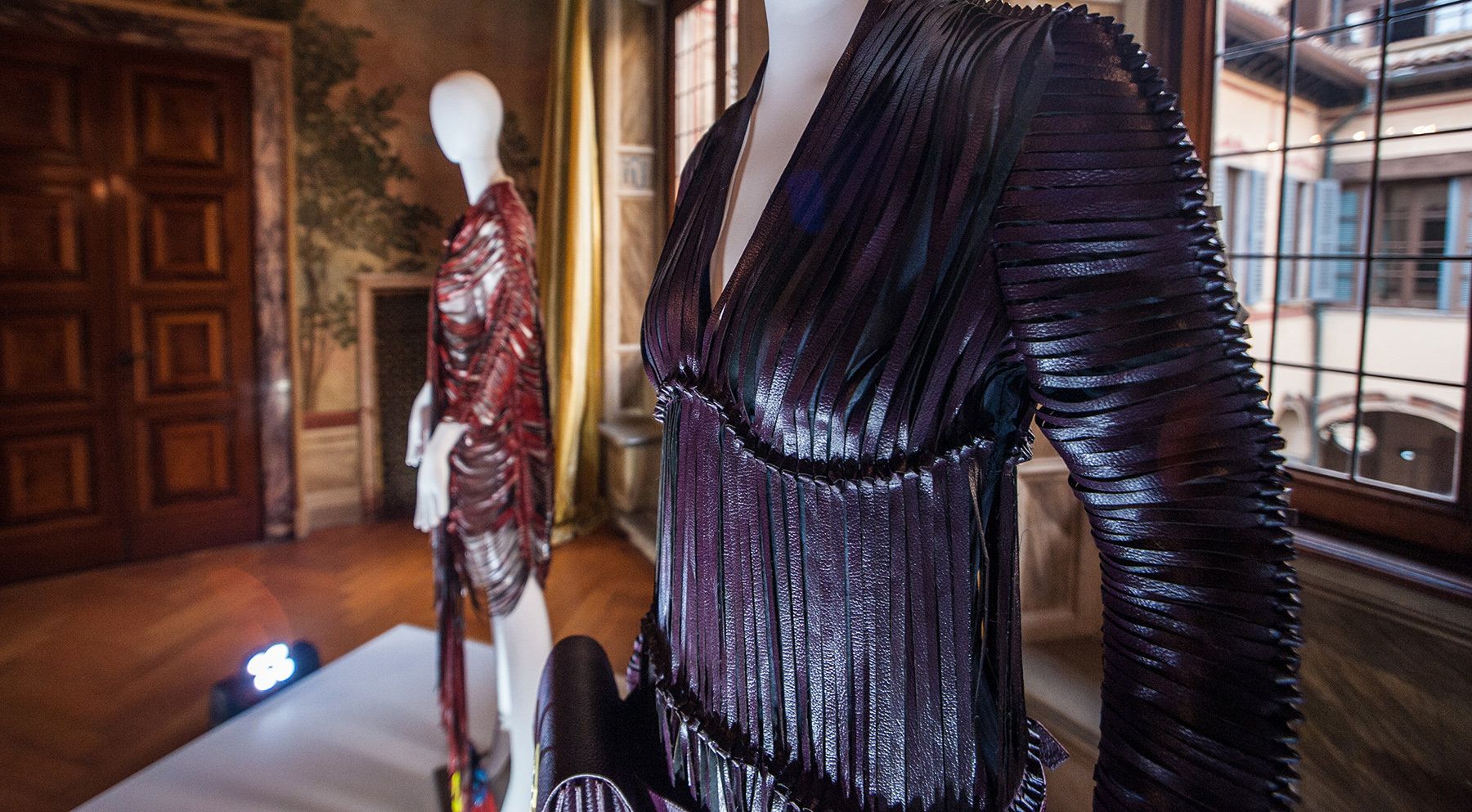
A fashion collection made from the remains of grapes from the wine industry and plastic made from chicken feathers are two new twists on the practice of making new products from waste, and a growing demand for sustainability from consumers mean there could be a ready market for this type of innovation.
Food waste isn’t just the result of groceries that have gone off or uneaten meals. As food is processed for consumption, huge amounts of waste are generated. The European poultry industry, for example, generated about 3.1 million tons of discarded feathers in 2014. And during wine production, around 25% of the weight of grapes, such as the skins and seeds, are wasted.
These byproducts could soon be given a second life, as scientists work out how to transform them into new materials.
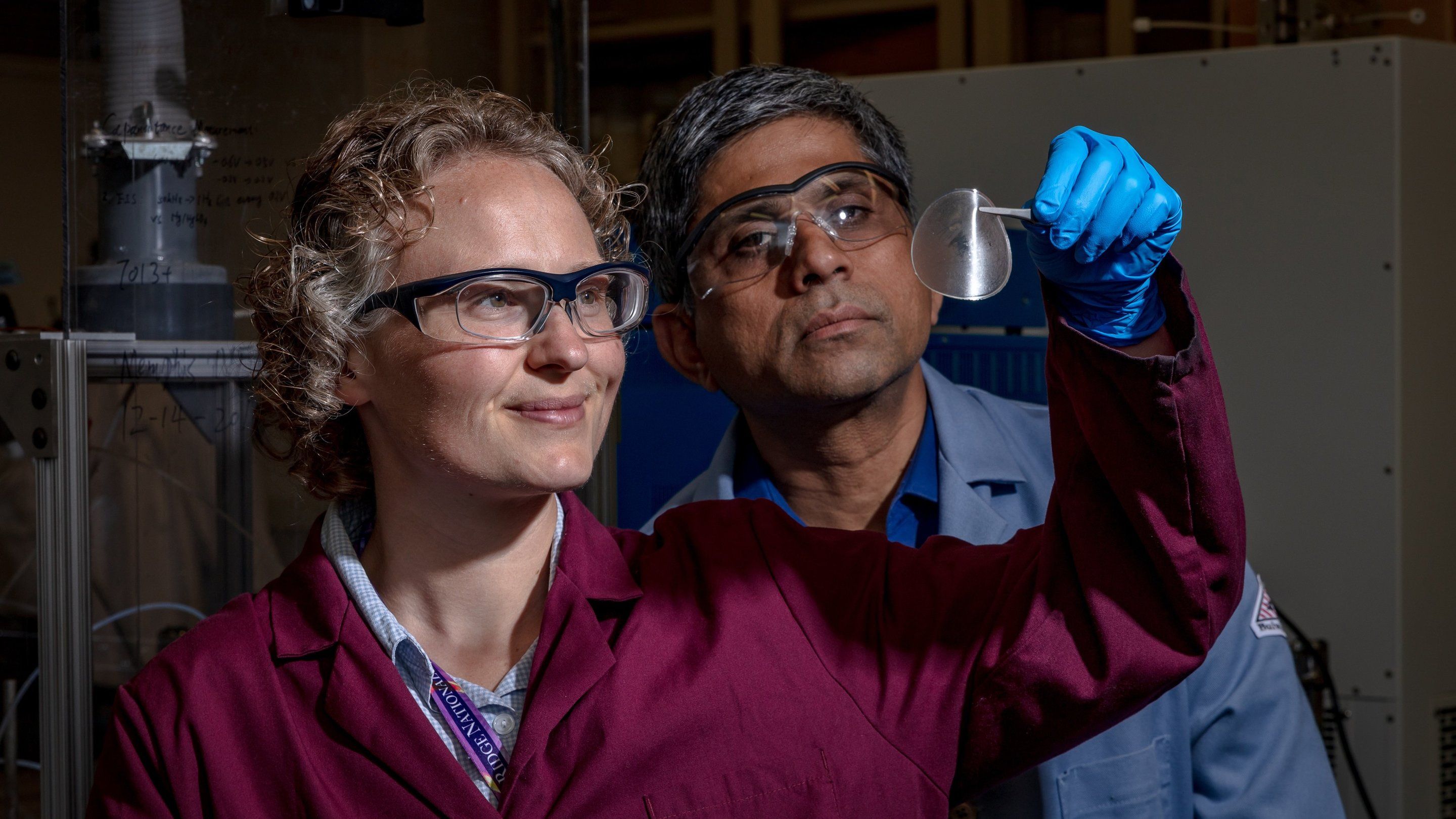
Oak Ridge National Laboratory scientists have developed a crucial component for a new kind of low-cost stationary battery system utilizing common materials and designed for grid-scale electricity storage.
Large, economical electricity storage systems can benefit the nation’s grid in numerous ways: balancing loads between peak and off-peak demand times; supplying energy during outages; storing electricity from fluctuating sources like wind and solar power; and accommodating extreme fast charging of electric vehicles.
The grid chiefly relies on hydropower facilities for energy storage, although stationary systems using lithium-ion batteries are increasing. However, lithium is expensive and mostly sourced from countries outside the United States.
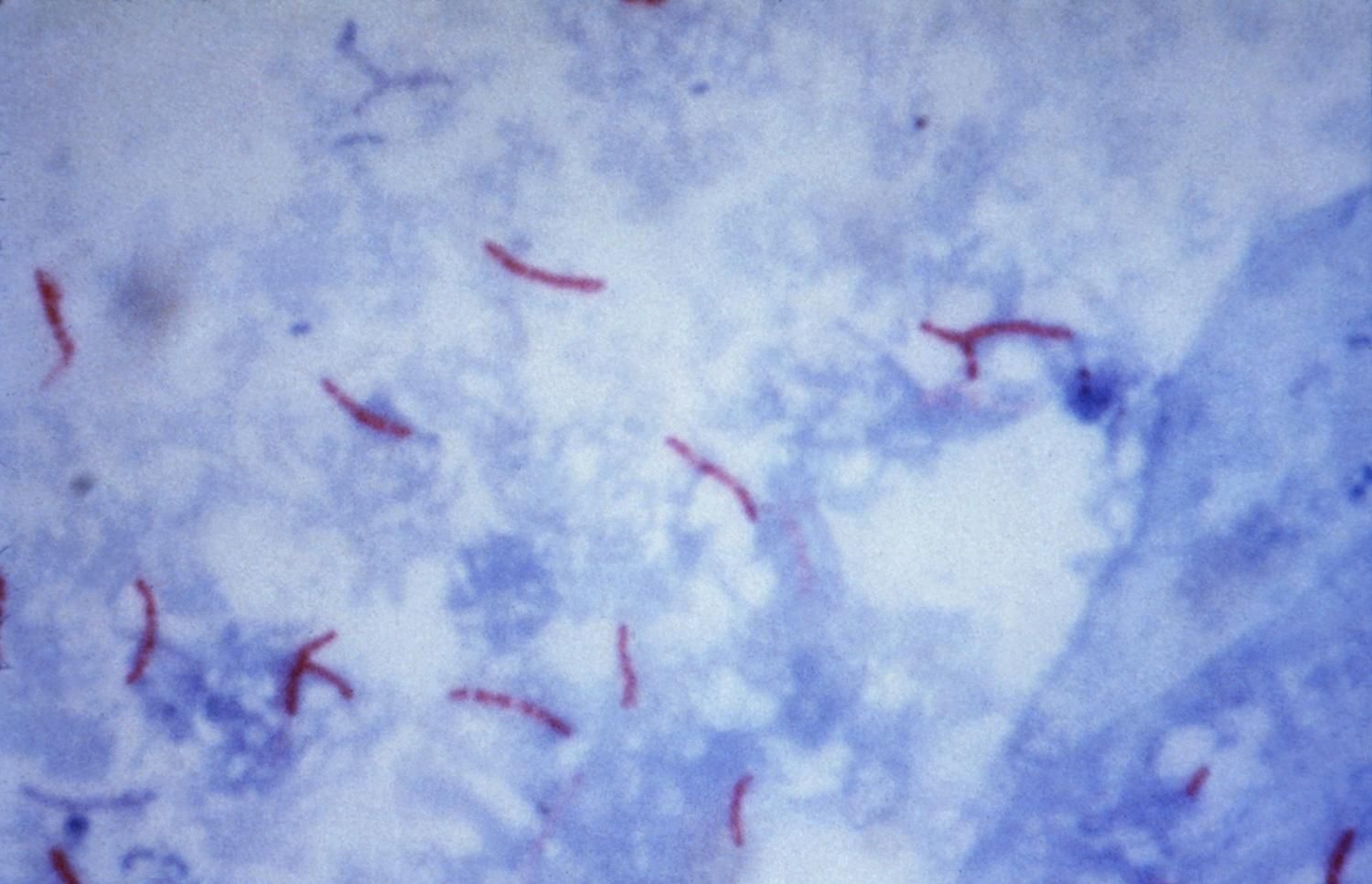
Robots like this, nanobots that can work in the body, should be the main focus for curing all disease. And instead of focusing on Drug Delivery, have the nanobots just go in and attack or fix the problem themselves.
A Brock University research team has created a microscopic robot that has the potential to identify drug resistance to tuberculosis faster than conventional tests.
The World Health Organization (WHO) calls tuberculosis drug resistance “a formidable obstacle” to treatment and prevention of a disease that killed 240,000 people in 2016.
The Brock team’s latest technology builds on an earlier version of the microscopic robot—called the three-dimensional DNA nanomachine—they created in 2016 to detect diseases in a blood sample within 30 minutes.
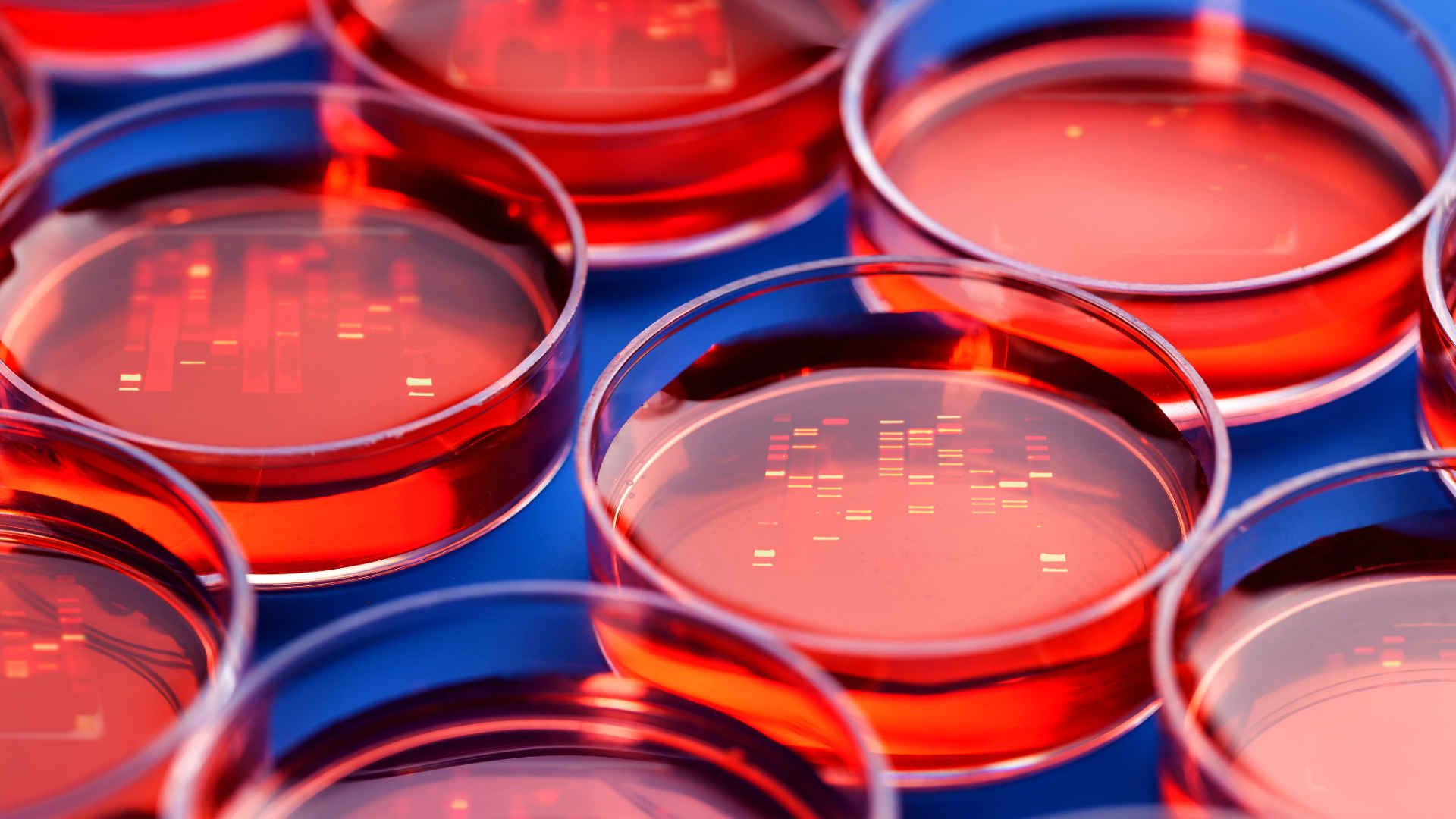
As the master code of life, DNA can do a lot of things. Inheritance. Gene therapy. Wipe out an entire species. Solve logic problems. Recognize your sloppy handwriting.
Wait, What?
In a brilliant study published in Nature, a team from Caltech cleverly hacked the properties of DNA, essentially turning it into a molecular artificial neural network.
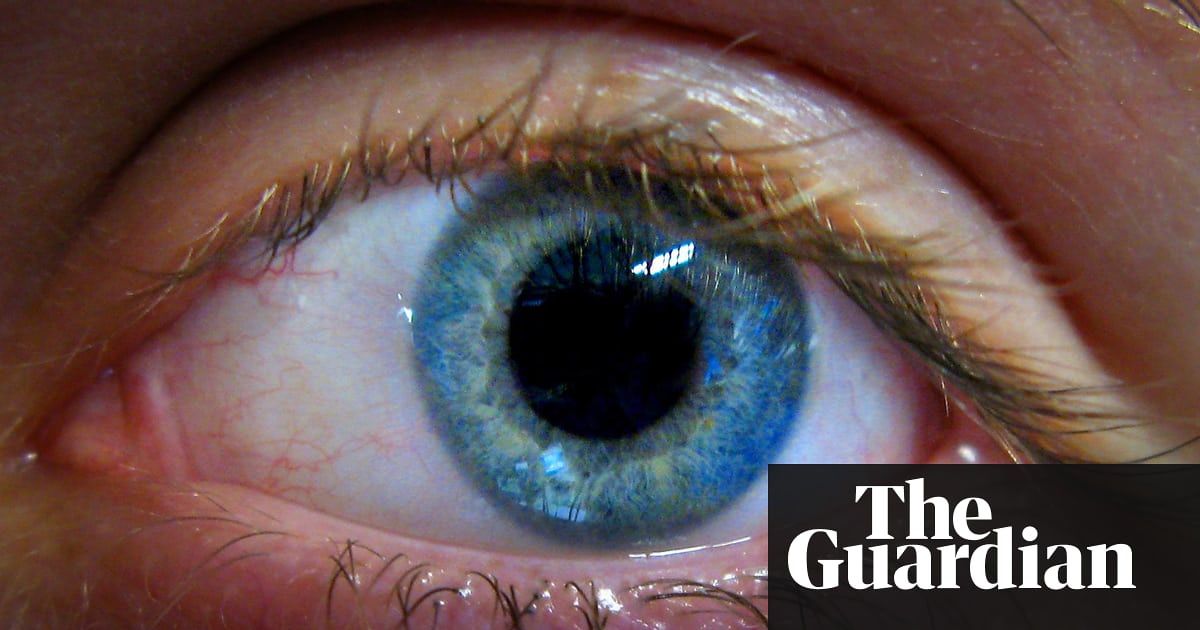
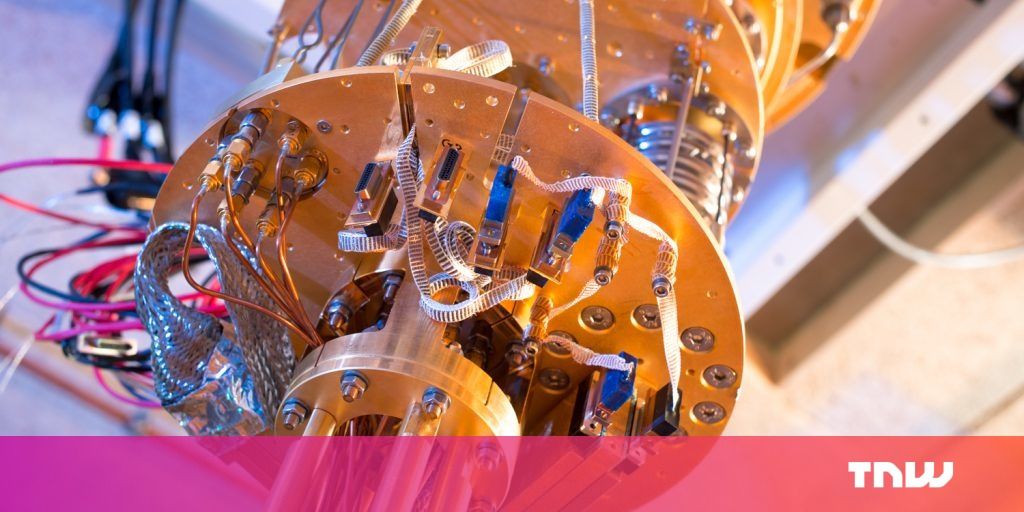
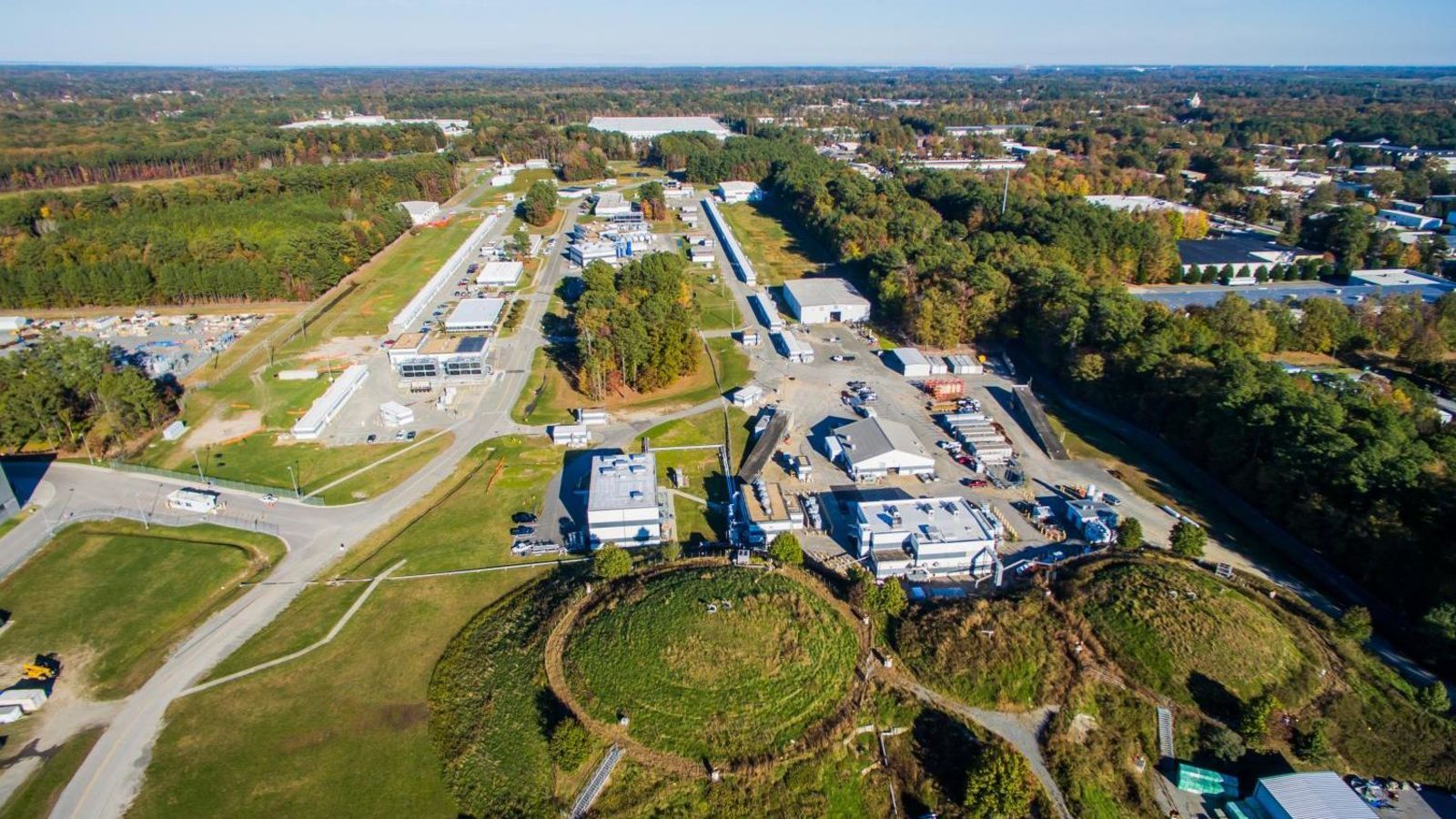
A proposed billion-dollar American particle collider has received enthusiastic backing from the US National Academies of Sciences, Engineering, and Medicine, according to a newly released report.
This proposed “electron-ion collider,” or EIC, would serve as a state-of-the-art facility designed to answer some of the deepest questions about our Universe. The National Academies “finds a compelling scientific case for such a facility,” according to its report released today.